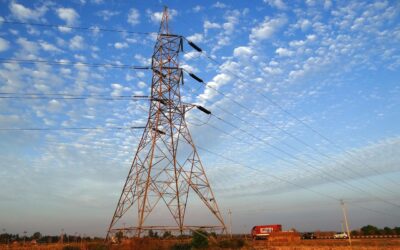The Texas Senate has approved a priority bill to harden the state’s electrical grid, advancing solutions to ensure residents will benefit from fewer outages, greater flexibility and enhanced resilience.
Power demand on the Texas grid is at an all-time high, and only expected to expand as the state’s population grows, extreme weather worsens and large users such as data centers, crypto mines and electrified oil and gas producers tap deeper into the grid.
According to the Electric Reliability Council of Texas (ERCOT), the state is on track to have its electric demand outpace supply by 2026. The council has projected that demand will grow up to 150,000 megawatts by 2030, nearly doubling the current record.
Senate Bill 6 was recently passed by the Senate to bolster the state’s grid, setting new standards to ensure the grid can handle increasingly larger loads. One of the bill’s most notable features is the requirement for entities that use 75 megawatts of power or more to shift to backup generators during emergency situations, reducing strain on the grid.
Larger users would also be required to install equipment, enabling remote power disconnection from state-run facilities. These measures will ensure utilities can better manage non-critical loads during emergencies and enhance overall flexibility to provide power where it’s needed most.
In addition, all large customers will be required to have generator facilities reviewed and approved by the Public Utility Commission of Texas before implementation. This authorization will ensure that all power used is above board and does not draw from the energy market. These customers will also be required to return power from generators to the grid during emergencies or when power is scarce.
(Photo courtesy of Dpysh W.)







